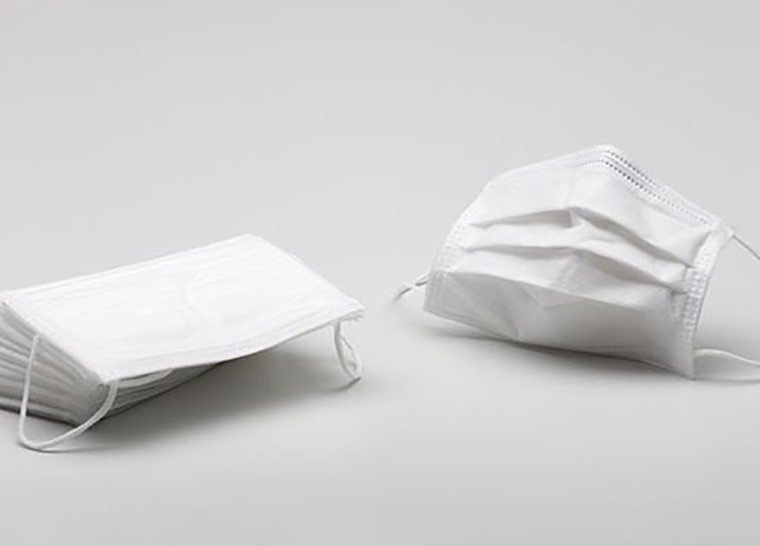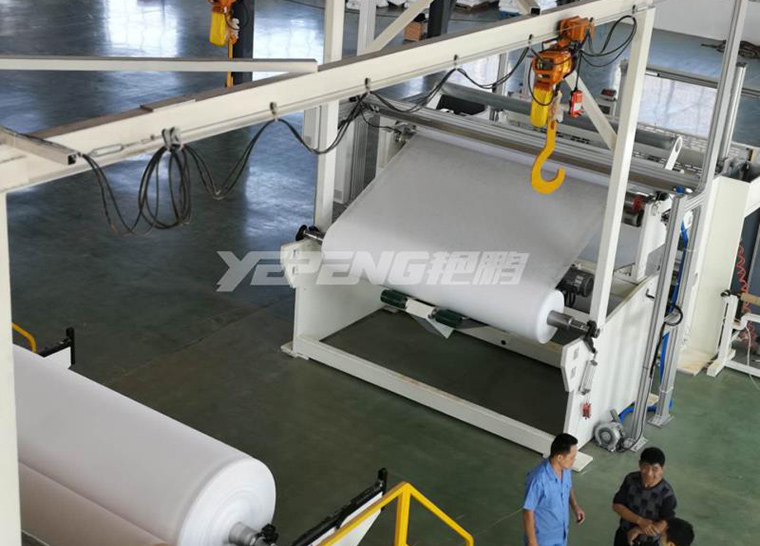With the gradual improvement of consumption level, great changes have taken place in people's consumption demand. The sensitivity to price is gradually decreasing. Instead, the sensitivity to value is constantly improving, and the demand for consumption experience is also higher and higher. People are more and more aware that the quality of products does not depend on the price, but on the quality of the products they buy.
What are the main raw materials for diapers? A lot of Baoma would say that you can go to the product information of the outer packaging and show that the main materials are high molecular absorbent resin, non-woven fabric and breathable film. However, just listen to the name, you may not know what role it has. Next, let's talk about the three main raw materials of diapers in detail, and what role each of them plays.
1. Polymer absorbent resin
Super absorbent polymer (SAP) is a kind of polymer with low crosslinking degree or partial crystallization of many hydrophilic groups. SAP has high water absorbency and absorbs tens of times of its own weight. The water absorption rate can generate gel within a few seconds, and the volume of the gel can expand several times. At the same time, it is insoluble in water and has high water holding capacity.
2. Non woven fabric
Non woven fabric , also known as nonwovens, are made up of fibers directly bonded together by physical methods. They are breathable and waterproof, soft and light, non-toxic and non irritating. The material used for the surface layer of diapers is non-woven fabric, the most commonly used are hot-air non-woven fabric and spunbonded non-woven fabric.
Spunbond nonwoven fabric
Diaper surface directly contacts with baby's delicate skin, and the contact time is the longest, so the surface material must be soft, breathable and non absorbent.
3. Air permeable membrane
Air permeable membrane is a kind of functional material with environmental protection, air permeability (vapor) and water resistance (liquid, bacteria and dust). Microporous membranes have been developed rapidly in recent 10 years. China is in the primary stage in technology, market and application.
Polyolefin gas permeable membrane is prepared by adding inert filler into PE or PP carrier, making membrane and stretching. In the film-forming process, the product has pores due to high tension, so it has the functions of air permeability and moisture conductivity. The function of permeable membrane is simply: water proof, breathable (moisture), = the most commonly used permeable membrane takes PE as the carrier.
Porosity of porous film
The water resistance and air permeability of microporous permeable membrane directly depend on its pore size and channel length. If the pore size is too large, it is easy to cause urine leakage; if the pore size is too small, it is difficult to breathe. Select high-quality raw materials in order to provide consumers with high-quality products and control the quality from the source.








